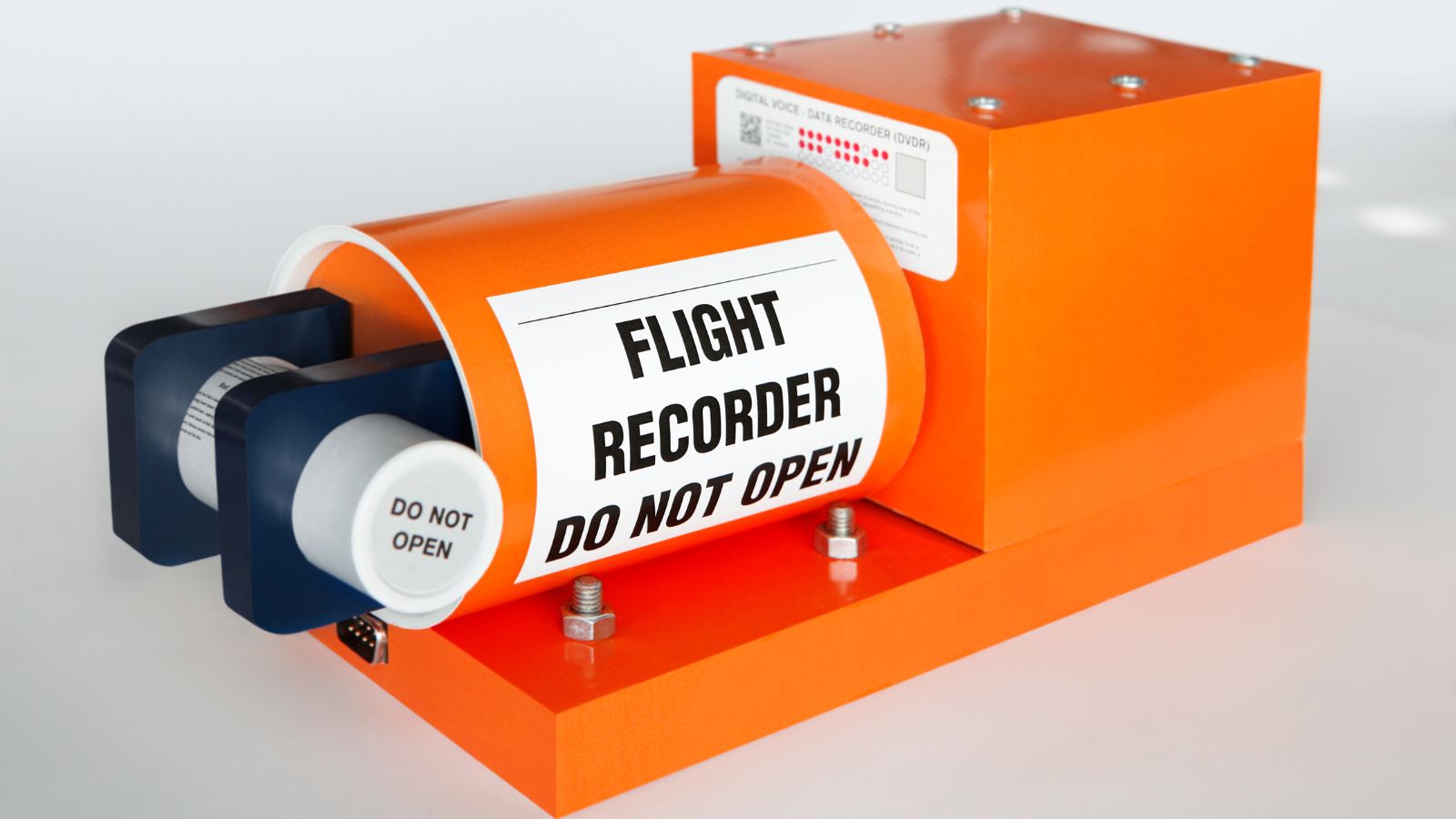The “black box” in airplanes is actually two devices: the Flight Data Recorder (FDR) and the Cockpit Voice Recorder (CVR). These record vital flight parameters and crew conversations, helping investigators understand what happened during an accident. Each recorder has specific data retention limits: FDRs typically store at least 25 hours of flight data, while CVRs generally retain the last two hours of cockpit audio.
The term “black box” likely comes from early engineering slang for any complex device whose internal workings are not immediately visible or understood. It does not refer to the color. The black box was invented in 1953 by Dr. David Warren, an Australian scientist. He developed it after investigating a mysterious commercial jet crash, recognizing the value of recorded data in understanding such disasters.
Despite the name, black boxes are painted bright orange to make them easier to locate after a crash. To assist in recovery, they include an underwater locator beacon that emits signals for up to 30 days if submerged. They are often the most reliable source of information after accidents, preserving crucial data that enables a comprehensive reconstruction of events.
To withstand extreme conditions, black boxes are built with a titanium or stainless steel exterior and surrounded by layers of heat-resistant insulation. They are designed to endure temperatures over 1,000°C up to an hour, pressures of 5,000 psi (pounds per square inch, about 300 times the pressure in a car tire), and impacts of up to 3,400 Gs (3,400 times the force of gravity during a crash).
Thanks to this rugged design, black boxes remain aviation’s most dependable witnesses.



